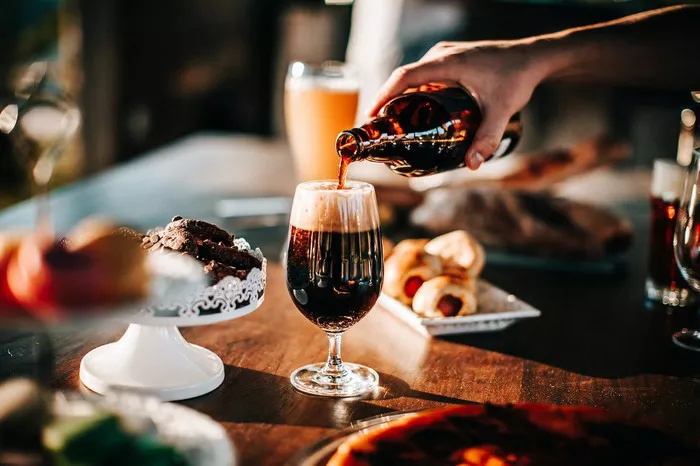Wine enthusiasts and connoisseurs often find themselves in a delightful dilemma when it comes to choosing between two classic red wines: Merlot and Cabernet Sauvignon. Both are renowned for their distinct characteristics and flavors, but what sets them apart, especially in their dry variants? In this article, we’ll uncork the differences between Merlot and Cabernet Sauvignon Dry, providing you with a deeper understanding of these beloved red wines.
Merlot: The Velvet Touch
Flavor Profile: Merlot is celebrated for its smooth and velvety texture, accompanied by flavors of plum, cherry, and red berries. It’s known for its approachable and easy-drinking nature, making it an excellent choice for those new to red wines.
Tannin Level: Merlot tends to have lower tannin levels compared to Cabernet Sauvignon. This results in a softer, less astringent mouthfeel.
Food Pairing: Merlot’s fruit-forward and mellow character pairs wonderfully with a range of dishes, including roasted poultry, pasta, and lighter red meats.
Aging Potential: While Merlot can benefit from some aging, it is generally best enjoyed relatively young (3-5 years after vintage) to preserve its fruitiness.
Cabernet Sauvignon Dry: The Bold and Robust
Flavor Profile: Cabernet Sauvignon Dry is known for its bold and intense flavors, often featuring notes of blackcurrant, black cherry, and hints of cedar or tobacco. It’s a wine that demands attention with its rich complexity.
Tannin Level: Cabernet Sauvignon is notorious for its high tannin content, contributing to its robust structure and potential for aging.
Food Pairing: This wine shines when paired with hearty, savory dishes such as grilled steak, lamb, and aged cheeses. Its strong backbone can stand up to bold flavors.
Aging Potential: Cabernet Sauvignon Dry is renowned for its aging potential. Some high-quality Cabernets can age gracefully for decades, evolving and improving in flavor and complexity.
The Main Differences:
Flavor Intensity: The primary distinction between these wines lies in their flavor intensity. Merlot offers a softer, fruit-forward experience, while Cabernet Sauvignon Dry delivers a more intense, complex flavor profile.
Tannin Levels: Tannins, the compounds responsible for the dry, astringent sensation in wine, are notably higher in Cabernet Sauvignon Dry. Merlot is generally smoother on the palate due to lower tannin levels.
Food Pairing: Consider your meal when choosing between these wines. Merlot complements a wide range of dishes, while Cabernet Sauvignon Dry is best enjoyed with robust, hearty fare.
Aging Potential: If you’re looking for a wine to cellar and age, Cabernet Sauvignon Dry is the clear choice. Merlot is best enjoyed in its youth.
In conclusion, the choice between Merlot and Cabernet Sauvignon Dry ultimately comes down to personal preference and the occasion. Merlot’s approachability and softer profile make it a versatile choice for everyday enjoyment. On the other hand, Cabernet Sauvignon Dry is the wine of choice when you seek boldness, complexity, and the potential for long-term aging.
FAQs About Merlot vs. Cabernet Sauvignon Dry:
1.Which wine is more approachable for someone new to red wines?
Merlot is often recommended for newcomers to red wine due to its smoother, less astringent taste and fruit-forward nature.
2.What dishes pair well with Merlot?
Merlot pairs well with a variety of dishes, including roasted poultry, pasta with red sauce, and lighter red meats like pork and veal.
3.What dishes pair well with Cabernet Sauvignon Dry?
Cabernet Sauvignon Dry is an excellent choice for hearty and savory dishes such as grilled steak, lamb, burgers, and aged cheeses.
4.Can I age both Merlot and Cabernet Sauvignon Dry wines?
While Merlot can benefit from some aging, it’s generally best enjoyed relatively young (3-5 years after vintage). In contrast, Cabernet Sauvignon Dry is known for its aging potential and can improve with several years of aging.


